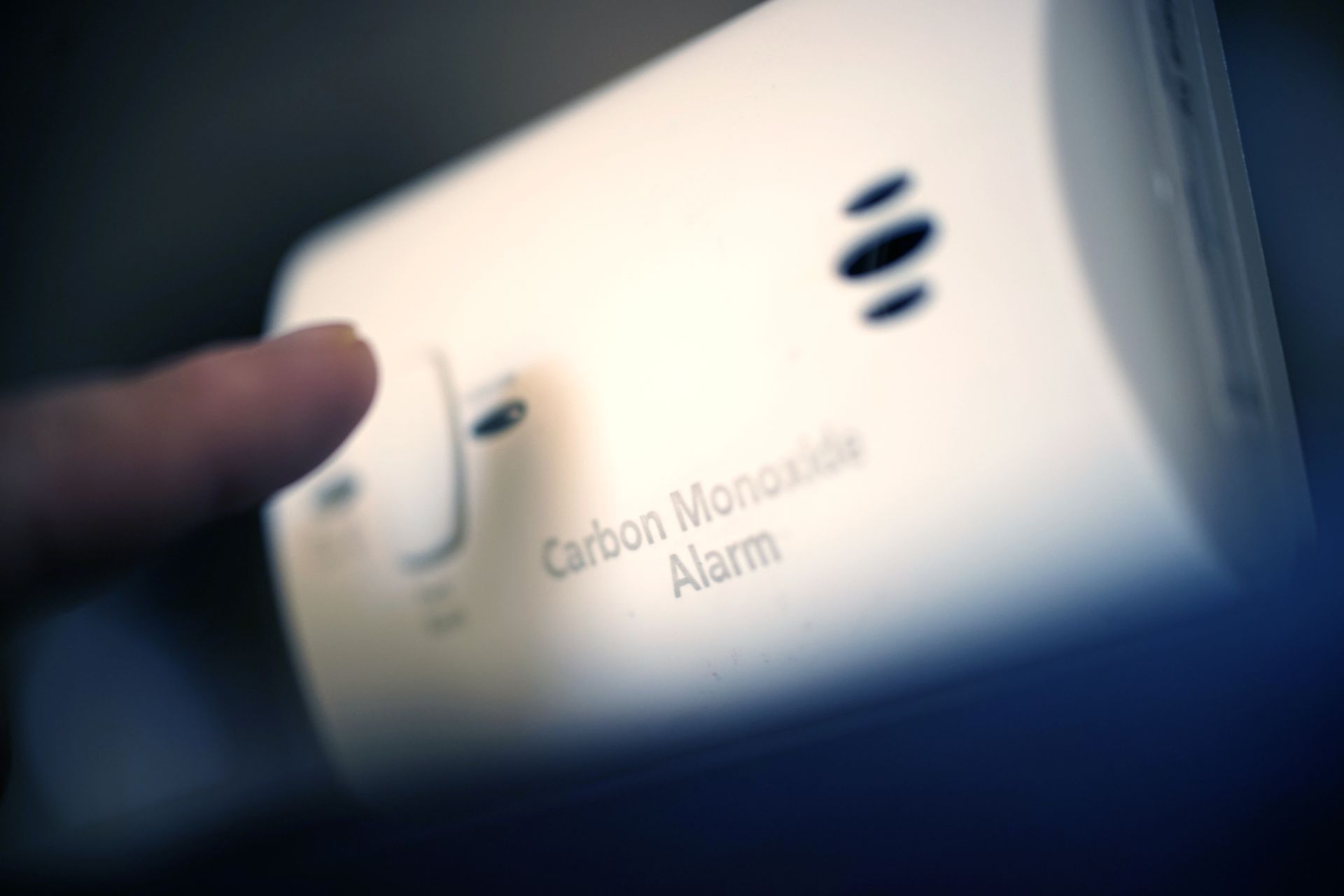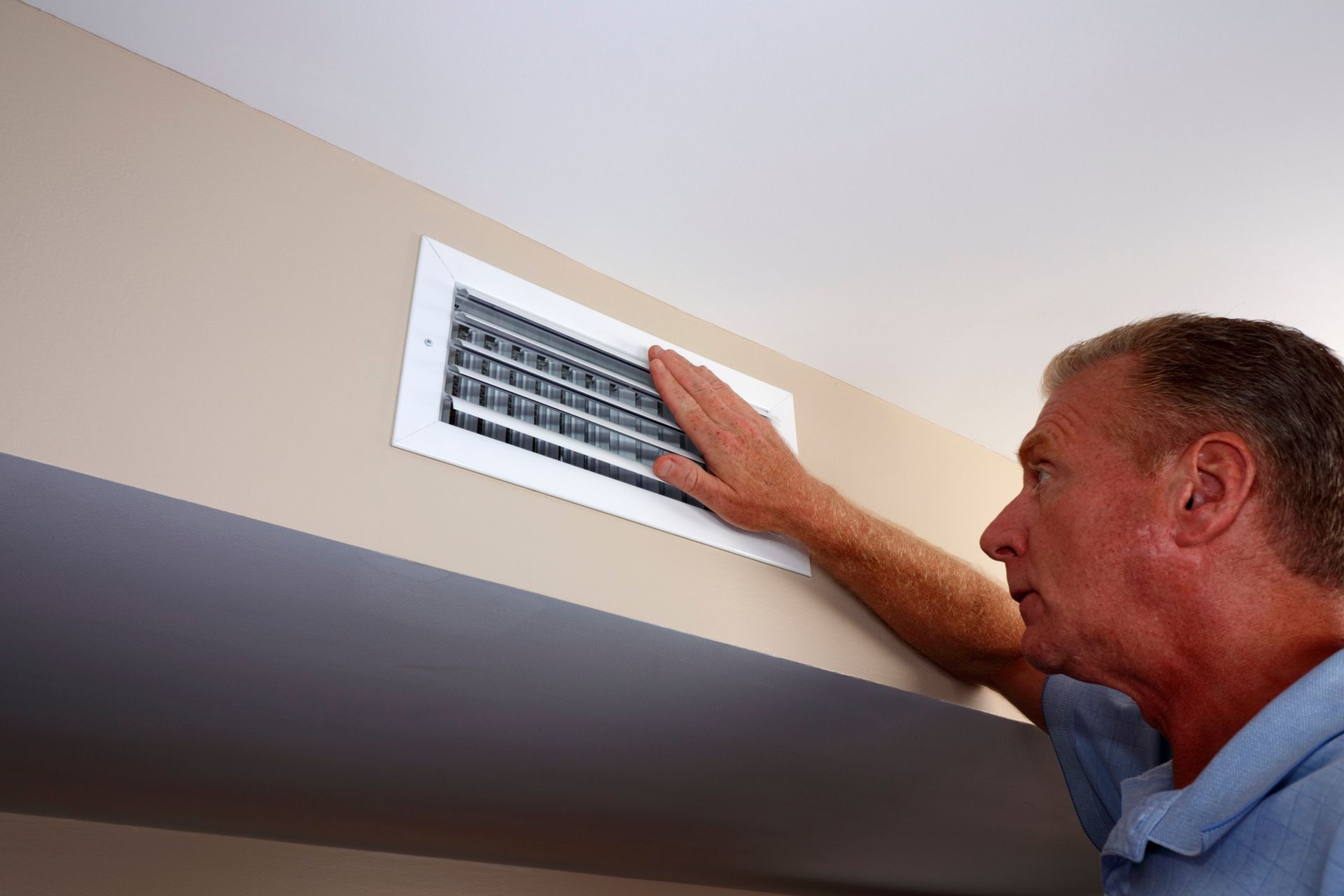Carbon Monoxide Awareness
October 18, 2018

Carbon monoxide (CO) is an invisible, odorless, and tasteless gas, making it difficult to know when you’ve been exposed. Known as the silent killer, carbon monoxide poisoning is the most common fatal pollutant in many countries. As the weather turns cooler and we turn on our heating systems, it’s important to increase your awareness and take extra precautions.
What Causes Carbon Monoxide Poisoning?
Burning fossil fuels produce carbon monoxide when oxygen levels are too low to create carbon dioxide. Gas, oil, wood, and coal burning appliances like boilers, central heating systems, water heaters, dryers, and generators are all sources of CO. Smoking cigarettes increases CO levels by 10-40 parts per million. Inhaling fumes from paint thinners and products containing methylene chloride, especially in poorly ventilated areas, causes carbon monoxide to metabolize in the bloodstream. Cars running in a closed garage can produce a deadly amount of carbon monoxide in only ten minutes! Some factory and industrial workers have exposure to carbon monoxide as well.
Carbon Monoxide Levels at Parts Per Million
The concentration of carbon monoxide is measured in parts per million (PPM), and effects from exposure vary.
- 0 PPM – Fresh air.
- 10-24 PPM — Possible long-term exposure risk.
- 35 PPM — OSHA standard for maximum exposure during an 8-hour work day.
- 100 PPM — Causes headaches after 1-2 hours.
- 200 PPM — Causes dizziness, nausea, fatigue.
- 400 PPM — Life-threatening after 3 hours of exposure.
- 800 PPM — Death within 2-3 hours of exposure.
- 1600 PPM — Death within 1-2 hours of exposure.
Symptoms
Inhaling CO turns your hemoglobin into carboxyhemoglobin, which prevents your blood from absorbing oxygen. Be aware of the symptoms of carbon monoxide poisoning in case you are in an area without a working alarm.
- Dizziness
- Headache
- Confusion
- Disorientation
- Nausea
- Blurred Vision
- Memory loss
- Loss of consciousness
Risks from CO Exposure
Anyone can be at risk of carbon monoxide poisoning. Prolonged exposure to CO can lead to seizures, coma, and death. Treatment requires administering 100 percent oxygen, and risk of death reduces as the oxygen brings the HbCO count down to less than 10 percent. Carbon monoxide poisoning is considered an anoxic brain injury, causing long-term neurological problems like memory loss, confusion, and poor coordination.
To prevent carbon monoxide poisoning, install at least one carbon monoxide detector on each level of your home. Check and replace your batteries twice a year and upgrade your alarm every five years. Schedule annual maintenance on any gas, oil, or coal appliances. Don’t use grills or generators indoors and keep your home and garage properly ventilated.
Contact us to learn more about the safety of your heating or ventilation equipment and to schedule your annual maintenance.
Search Blog Posts
Categories



